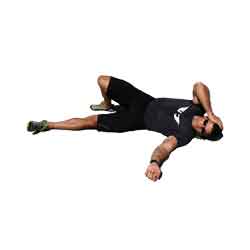 If you find your tight muscles are not relieved with the roller techniques then SLOWLY practice this deeper ball technique. You will notice a number of issues that this technique influences. The most important issue this technique can influence is poor neck posture. If you can't easily turn or tilt your head then this exercise is for you! The Neck Press technique is a natural compliment to this SMR exercise, so do them together. |
|
For written instructions, click here. For video instructions (4:11), click here. (Updated video coming soon!) Click here to see the rest of the Extended Movements. |
|
Be sure to post your questions and comments below. We want to provide the best instruction to help you recover from your workouts. **All information is provided for educational purposes only. You should consult your doctor before attempting any exercises you read on this page or any page on this website.** |
SMR Blog Posts
Piriformis Press
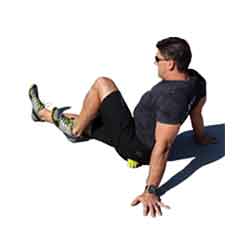 Use this SMR exercise AFTER the Quads Roll, and the Adductors Roll. |
| For written instructions, click here. For video instructions (4:43), click here. (Updated video coming soon!) Click here to see all of the SMR Exercises. |
| Be sure to post your questions and comments below. We want to provide the best instruction to help you recover from your workouts. **All information is provided for educational purposes only. You should consult your doctor before attempting any exercises you read on this page or any page on this website.** |
Glute Med Press
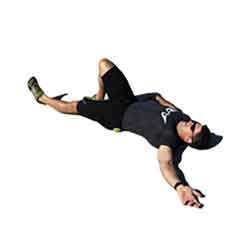 Use this SMR exercise AFTER the Quads Roll, the Adductors Roll. |
| For written instructions, click here. For video instructions (3:18), click here. (Updated video coming soon!) Click here to see all of the SMR Exercises. |
| Be sure to post your questions and comments below. We want to provide the best instruction to help you recover from your workouts. **All information is provided for educational purposes only. You should consult your doctor before attempting any exercises you read on this page or any page on this website.** |
TFL Roll
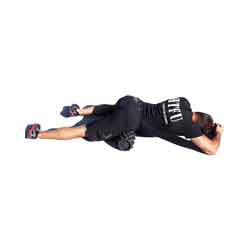 This SMR exercise is to address knots in a relatively small muscle across the front outside area of the hip. If you skip the first 2 SMR exercises for the muscles in the front and outside regions of your thigh, there is a strong likelihood of your hip discomfort coming right back. (Your center & outer quads greatly influence the load on this muscle.) If you have general tightness or discomfort in the front area of the outside of your hip, or the upper area of the outside of your thigh, then this exercise is likely to help. |
|
For written instructions, click here For video instructions (2:58), click here. (Updated video coming soon!) Click here to see the rest of the Extended Movements. |
|
Be sure to post your questions and comments below. We want to provide the best instruction to help you recover from your workouts. **All information is provided for educational purposes only. You should consult your doctor before attempting any exercises you read on this page or any page on this website.** |
TFL Press
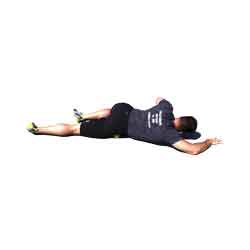 This SMR exercise is to address deeper knots in a relatively small muscle across the front outside area of the hip. If you skip the first 2 SMR exercises for the muscles in the front and outside regions of your thigh, there is a strong likelihood of your hip discomfort coming right back. (Your center & outer quads greatly influence the load on this muscle.) If you have general tightness or discomfort in the front area of the outside of your hip, or the upper area of the outside of your thigh, then this exercise is likely to help. |
|
For written instructions, click here. For video instructions (3:43), click here. (Updated video coming soon!) Click here to see the rest of the Extended Movements. |
|
Be sure to post your questions and comments below. We want to provide the best instruction to help you recover from your workouts. **All information is provided for educational purposes only. You should consult your doctor before attempting any exercises you read on this page or any page on this website.** |
Glutes Roll
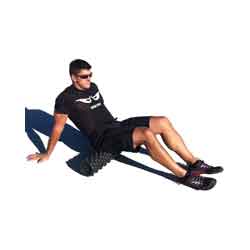 You probably won't notice knots in your buns when you are just walking around, but when you slowly roll through this tissue, you'll find them! The gluteus maximus (and many of the other posterior hip muscles) is involved in any movement using the hips. When one or more of your glutes is dysfunctional, proper hip function is compromised. You will notice a 'lightness' with body movements if you release any knots in your glutes. |
|
For written instructions, click here to download a printable PDF of the Glutes Roll For our downloadable video instruction, click here. (video from 2010--updated video is in the works!) If you have lower back issues you should begin this technique by lying flat on the floor FIRST, then lift your hips to get the roller underneath you (instead of sitting on the roller and lying back). Be sure to post your questions and comments below. We want to provide the best instruction to help you recover from your workouts. Click here to return to all of the Fundamental SMR Techniques **All information is provided for educational purposes only. You should consult your doctor before attempting any exercises you read on this page or any page on this website.** |
Sacrum Press
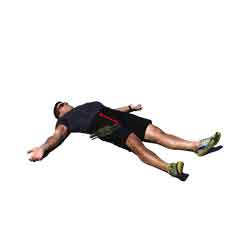 People with SI joint issues should cautiously use this exercise to work out those deep knots in the muscles that attach in the back of the hips. In addition to working the back of the hips, if you have SI joint issues be sure you are practicing the Iliacus Press. The Iliacus muscle is part of the Iliopsoas Group, the most influential hip flexors in your body. |
|
For written instructions, click here. For video instructions (3:14), click here. (Updated video coming soon!) Click here to see the rest of the Extended Movements. |
|
Be sure to post your questions and comments below. We want to provide the best instruction to help you recover from your workouts. **All information is provided for educational purposes only. You should consult your doctor before attempting any exercises you read on this page or any page on this website.** |
Psoas Press
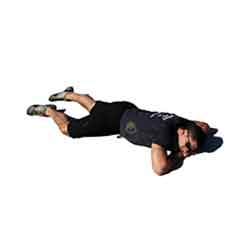 Use this SMR exercise AFTER the Quads Roll. |
|
For written instructions, click here to download a printable PDF of the Psoas Press
For our downloadable video instruction, click here Click here to see the rest of the SMR Techniques. |
|
Be sure to post your questions and comments below. We want to provide the best instruction to help you recover from your workouts. **All information is provided for educational purposes only. You should consult your doctor before attempting any exercises you read on this page or any page on this website.** |
Single QL Press
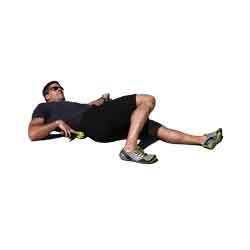 Use this SMR exercise AFTER the Quads Roll, the Lats Roll, and in compliment with the Psoas Press (either immediately before or after). |
|
For written instructions, click here For downloadable video instructions (4:03), click here (Updated video coming soon!) Click here to see all of the Extended SMR Exercises. |
|
Be sure to post your questions and comments below. We want to provide the best instruction to help you recover from your workouts. **All information is provided for educational purposes only. You should consult your doctor before attempting any exercises you read on this page or any page on this website.** |
Double QL Press
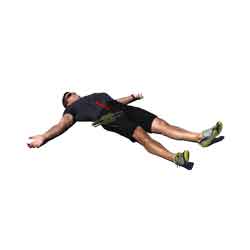 This SMR exercise is to address the deep knots in your lower back (primarily the quadratus lumborum muscle), and is an alternative to the QL Press. If you have tightness or discomfort in your lower back, then this exercise is likely to help. |
|
For written instructions, click here. For video instructions (2:27), click here. (Updated video coming soon!) Click here to see the rest of the Extended Movements. |
|
Be sure to post your questions and comments below. We want to provide the best instruction to help you recover from your workouts. **All information is provided for educational purposes only. You should consult your doctor before attempting any exercises you read on this page or any page on this website.** |
